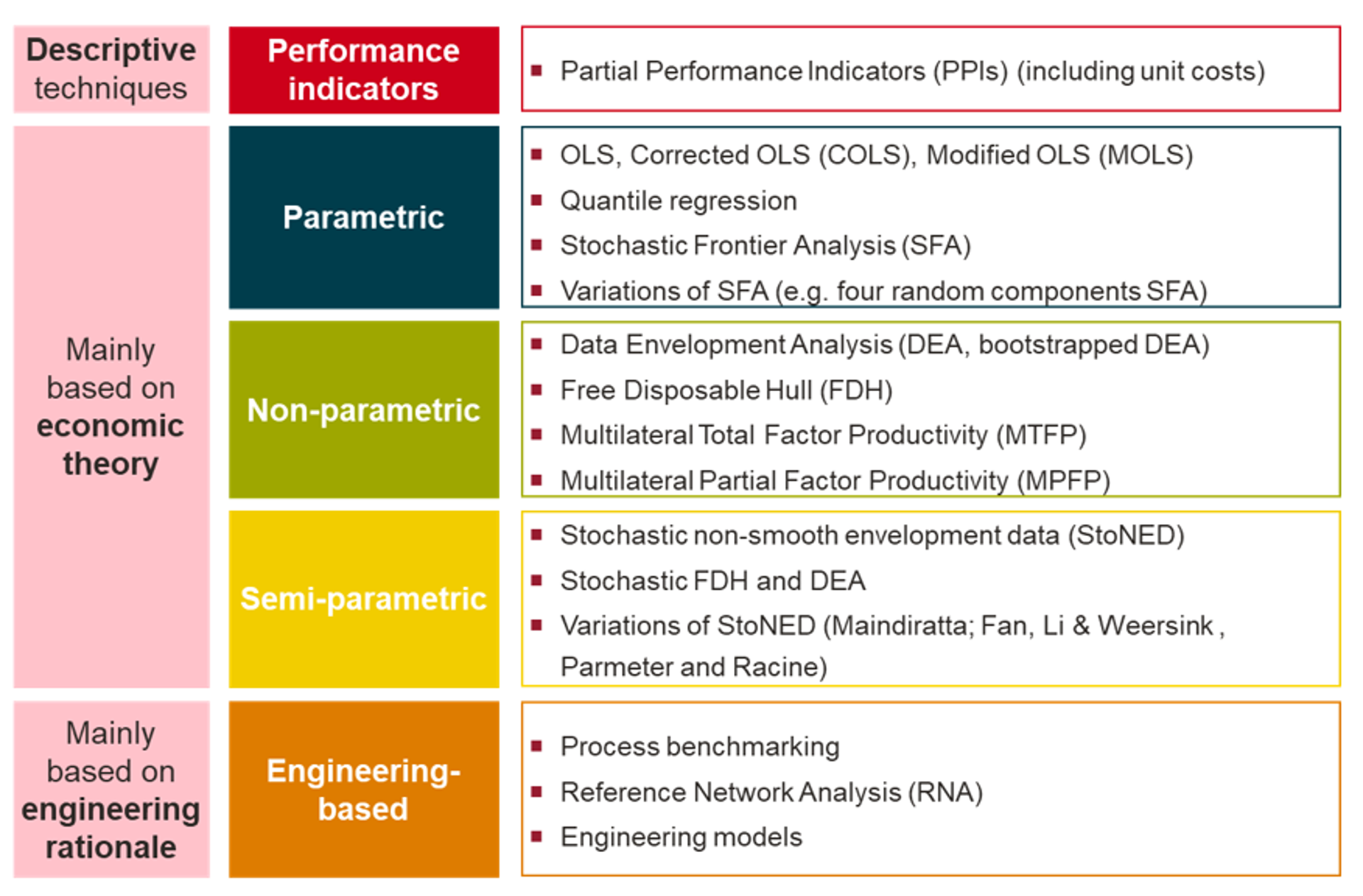
For many years, regulators around the world have been using benchmarking techniques to assess the efficiency of the costs of the electricity and gas networks they regulate.
This assessment is crucial in ensuring that customers do not pay more than what they need for these essential services, while networks have the resources they need to deliver those services.
With the energy transition under way, new investments will be required. For electricity system operators these investments will include additional decentralised generation and demand connection for solar PV, wind, and EVs. For the gas system operators these investments will focus on potential gas phase-out and repurposing. However, there is uncertainty around the time and size of these investment needs.
Energy regulators face the complex task of steering the country’s electricity and gas network operators towards a sustainable future, with the debate on how to effectively use benchmarking techniques for cost efficiency becoming increasingly crucial.
Frontier has considered this important issue for the Dutch energy regulator – the Authority for Consumers and Markets (ACM)
Following recent rulings by the Dutch Trade and Industry Appeals Tribunal (CBb) and forthcoming strategic shifts in energy policy and infrastructure, ACM asked Frontier to provide an analysis of benchmarking techniques that could be used to evaluate the cost efficiency of Dutch Transmission System Operators (TSOs) and Distribution System Operators (DSOs). In our report ‘Benchmarking techniques and practices for electricity and natural gas network operators’ we identified a range of benchmarking techniques that could be used by ACM. We compare these techniques against promotion of efficiency, transparency, robustness, and applicability. We also identified a range of case studies of how these techniques have been used by other regulators in Australia, Finland, Great Britain, and Germany.
Our analysis encompasses a broad range of techniques, from descriptive techniques, like Partial performance Indicators, to economic-based models like Data Envelopment Analysis (DEA), Stochastic Frontier Analysis (SFA) and Stochastic non-smooth envelopment analysis (StoNED), as well as engineering-based models, including Reference Network Analysis (RNA) and process benchmarking.

Illustration of application of a benchmarking technique to determine efficiency
We find that each technique has strengths and weaknesses and that there might be merit in combining different techniques
Our report concludes that there is no one-size-fits-all approach to benchmarking. Each benchmarking technique showcases unique advantages and disadvantages: where econometric models have their value in appraising high-level cost categories, engineering-based models might be better suited at assessing bespoke capex investments. Descriptive techniques can be used to inform more complex analysis and provide some indication of the source of inefficiency.
Benchmarking is a valuable instrument of the regulatory toolbox. We consider there may be merit in combining different benchmarking techniques that complement each other in order to offset possible shortcomings of a single benchmarking technique.
It is important to note that benchmarking techniques are only one component of the broader benchmarking framework. When undertaking a benchmarking study other aspects of the broader benchmarking framework are as important as the choice of technique, such as the choice of costs and cost drivers, comparator sample, and how to use the results of the benchmarking analysis.
Read our full report on the ACM website here.
For more information, please contact media@frontier-economics.com or call +44 (0) 20 7031 7000.










